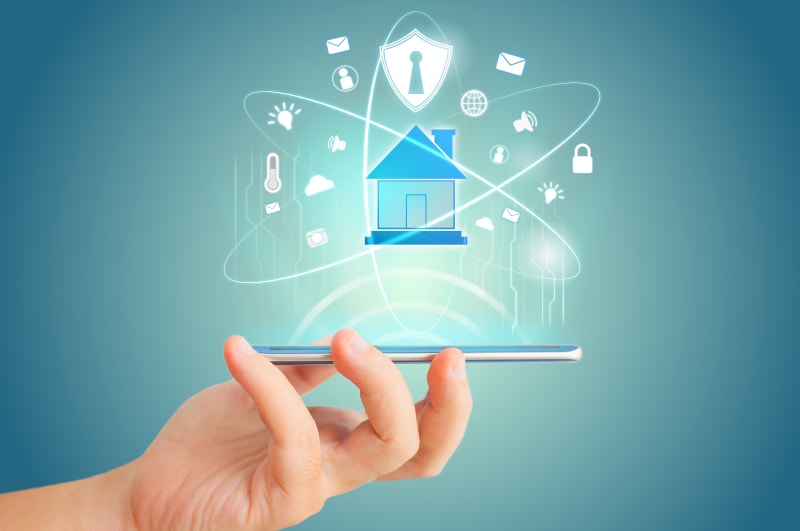Smart home security systems have become increasingly popular as technology advances, offering homeowners enhanced convenience, control, and peace of mind. These systems utilize interconnected devices and automation to provide comprehensive security solutions. In this article, we will explore the basics of smart home security, including its components and key concepts, to help you understand how these systems work and how they can benefit your home.

Components of a Smart Home Security System
A smart home security system consists of various components that work together to provide comprehensive protection for your home. Here are the key components:
- Smart Security Hub: The smart security hub serves as the central control unit for the entire system. It connects and manages all the devices, sensors, and cameras in your home security network. The hub communicates with these devices and relays information to your smartphone or computer for monitoring and control.
-
- The smart security hub is responsible for coordinating the functioning of the various components in your smart home security system. It acts as the brain of the system and enables seamless integration and communication between different devices. The hub typically connects to your home network via Wi-Fi or Ethernet and establishes a secure connection with the devices it manages. Through the hub, you can receive real-time alerts, monitor your security system remotely, and control various settings.
- Security Cameras: Security cameras are an integral part of any smart home security system. They capture video footage of your home’s interior and exterior, allowing you to monitor activities in real-time or review recorded footage. These cameras can be placed strategically at entry points, hallways, and other areas of interest to provide optimal coverage.
-
- Security cameras come in various types, including indoor cameras, outdoor cameras, and doorbell cameras. They utilize advanced technologies such as high-definition video recording, night vision, and wide-angle lenses to ensure clear and detailed footage. Some cameras also offer features like pan, tilt, and zoom for enhanced coverage. With the help of mobile applications or web interfaces, you can access live camera feeds, view recorded footage, and receive notifications when motion is detected.
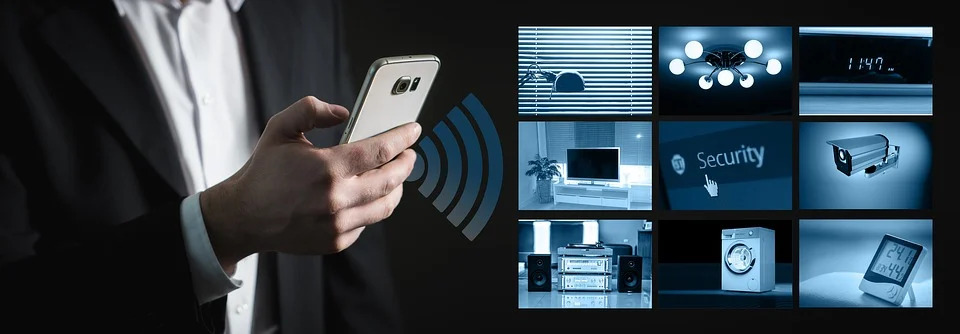
- Motion Sensors: Motion sensors detect movement within a specified range. When triggered, they send alerts to the smart security hub, which then notifies you of the activity. Motion sensors can be installed both indoors and outdoors and are essential for detecting potential intruders.
-
- Motion sensors work by detecting changes in infrared radiation or by using other technologies such as ultrasound or microwave. When motion is detected, the sensor sends a signal to the smart security hub, which can then trigger various actions, such as activating cameras, sounding an alarm, or sending notifications to your smartphone. Motion sensors can be customized to ignore pets or other common sources of motion, ensuring that you receive accurate alerts for potential security threats.
- Door and Window Sensors: Door and window sensors are used to detect unauthorized entry. They consist of two components: a sensor placed on the door or window frame and a magnet attached to the corresponding moving part. When the door or window is opened or closed, the sensor detects the change in magnetic field and sends a signal to the security hub.
-
- Door and window sensors provide an additional layer of security by monitoring access points to your home. When armed, the system can detect when a door or window is opened without authorization and immediately alert you. These sensors are discreet and can be easily installed on various types of doors and windows. They are battery-powered and communicate wirelessly with the smart security hub, making them easy to install and maintain.
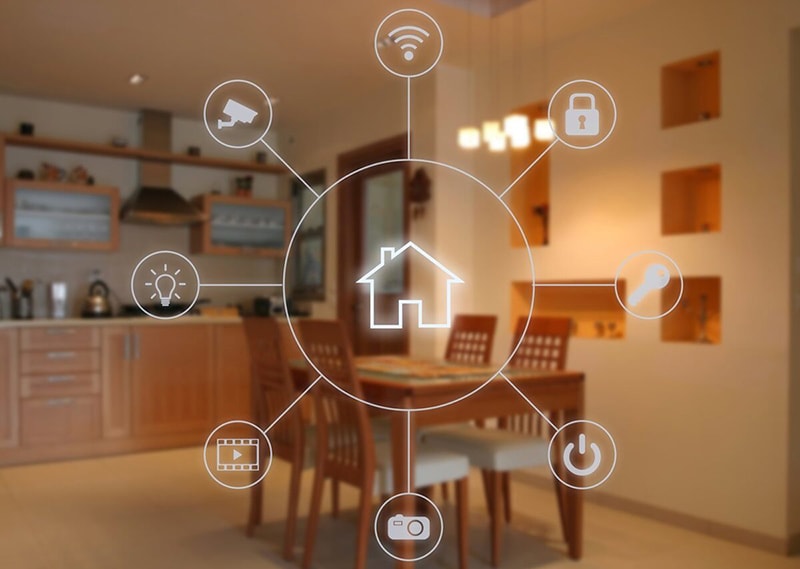
- Smart Locks: Smart locks offer convenient and secure access control. They replace traditional door locks and can be controlled remotely using a smartphone or integrated with other smart devices. Smart locks can be locked or unlocked using a digital code, biometric authentication, or through voice commands.
-
- Smart locks eliminate the need for physical keys and provide enhanced security features. With a smart lock, you can remotely lock or unlock your doors, grant temporary access to guests, and receive notifications when the door is opened or closed. Some smart locks also offer integration with virtual assistants like Amazon Alexa or Google Assistant, allowing you to control them with voice commands. Smart locks provide flexibility, convenience, and peace of mind, as you can easily manage access to your home from anywhere.
- Alarm System: An alarm system is a crucial component of a smart home security system. It includes sirens or sound alerts that are triggered when a security breach is detected. The alarm system aims to deter intruders and alert homeowners and neighbors to potential threats.
-
- An alarm system serves as a deterrent and provides an audible warning when a security breach occurs. When a sensor detects unauthorized entry, motion, or other security events, it sends a signal to the smart security hub, which then activates the alarm system. The sound alerts can be loud sirens, chimes, or customizable notifications that can be tailored to suit your preferences. Some alarm systems also offer silent alarms that discreetly notify authorities or a security monitoring service without alerting the intruders.
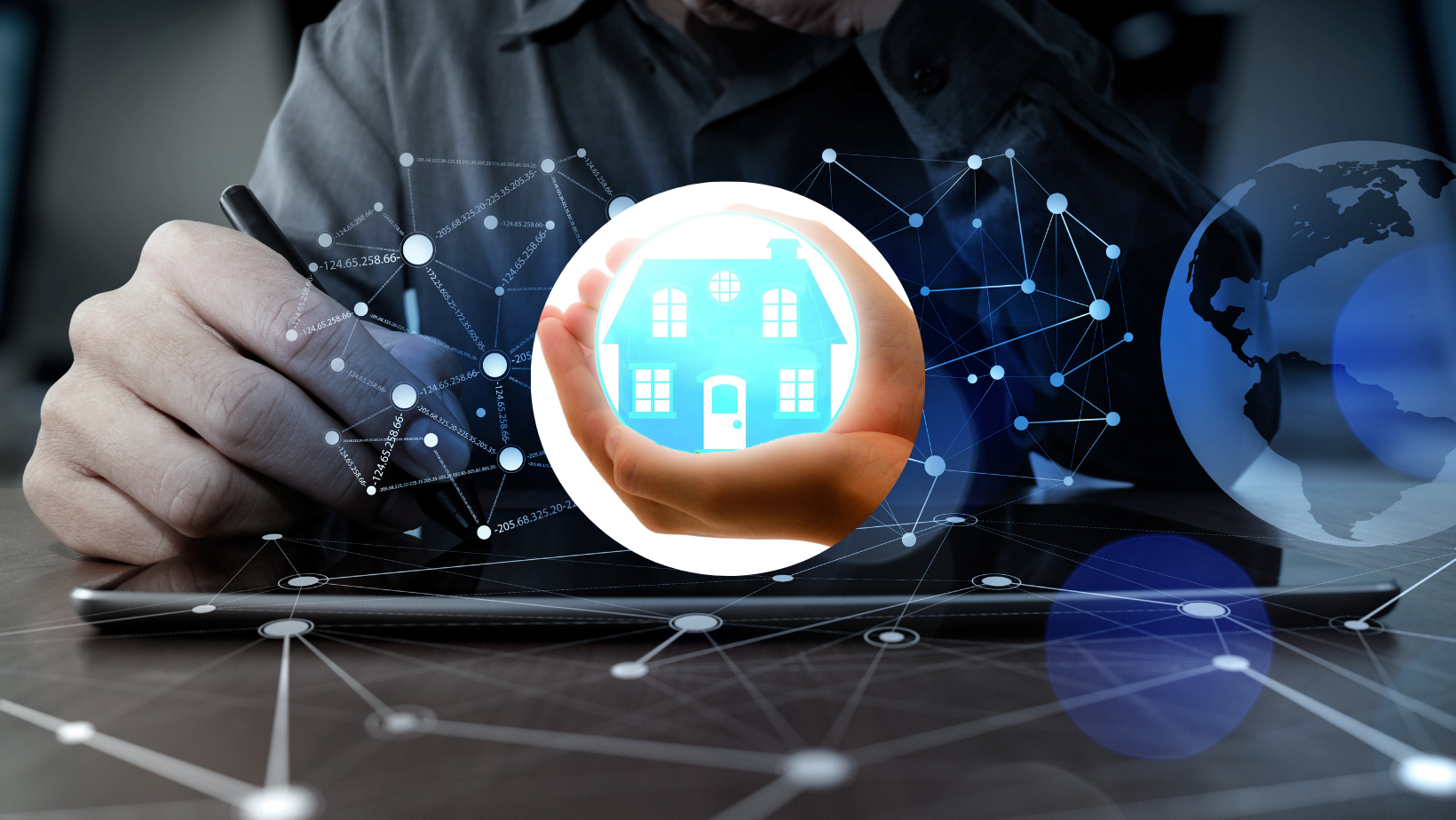
Key Concepts in Smart Home Security
To understand smart home security systems better, it’s essential to grasp some key concepts that underpin their functionality. Here are the key concepts:
- Interconnectivity: Interconnectivity refers to the ability of smart home security devices to communicate and work together seamlessly. Through wireless protocols such as Wi-Fi, Zigbee, or Z-Wave, these devices can exchange data and commands, enabling integrated security solutions.
-
- Interconnectivity allows different components of the smart home security system to collaborate and share information. For example, when a motion sensor detects movement, it can trigger the security cameras to start recording and send an alert to the homeowner’s smartphone. Interconnectivity ensures that the system operates as a cohesive unit, providing a comprehensive security solution.
- Automation: Automation is a fundamental concept in smart home security. It involves the ability of devices to perform predefined actions or respond to specific triggers without manual intervention. Automation allows for scheduled activities, rule-based actions, and intelligent responses to security events.
-
- Automation enhances the efficiency and convenience of smart home security systems. For instance, you can set up automation rules to automatically arm the security system when you leave home or turn on the lights when motion is detected at night. By automating routine tasks and security actions, homeowners can save time and simplify their security management.
- Remote Monitoring: Remote monitoring enables homeowners to monitor their security system and receive real-time updates from anywhere using a smartphone or computer. It provides access to live camera feeds, alerts, and notifications, allowing for proactive security management even when you’re away from home.
-
- Remote monitoring empowers homeowners to stay connected to their home’s security at all times. With a mobile application or web interface, you can view live camera feeds, review recorded footage, and receive instant notifications when security events occur. This concept provides peace of mind and enables quick responses to potential threats, no matter where you are.
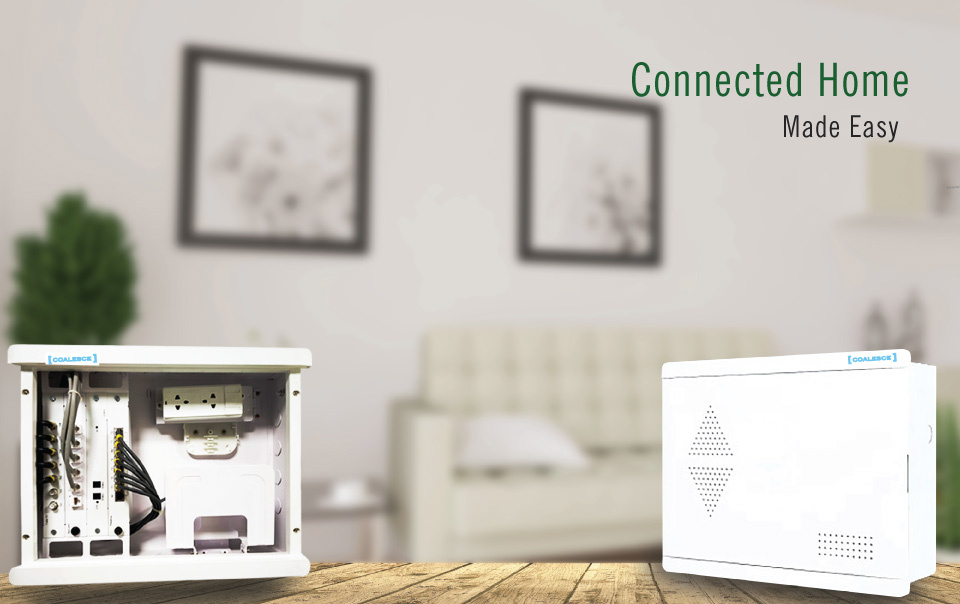
- Mobile Applications: Smart home security systems are typically controlled through mobile applications. These applications provide a user-friendly interface to monitor and manage the security system, view camera feeds, receive notifications, and control connected devices.
-
- Mobile applications serve as the primary interface for homeowners to interact with their smart home security systems. These apps offer intuitive controls, real-time updates, and remote access to system features. You can arm or disarm the security system, adjust settings, view recorded videos, and receive alerts directly on your smartphone. The convenience of mobile applications makes it easy for homeowners to stay connected and manage their home security on the go.
- Cloud Storage: Cloud storage is a common feature offered by smart home security systems. It allows for the storage of video footage and other data in remote servers accessible over the internet. Cloud storage ensures that recorded footage is securely stored and can be accessed remotely whenever needed.
-
- Cloud storage eliminates the need for physical storage devices and provides a reliable and secure platform for storing security-related data. Video footage captured by security cameras is encrypted, transmitted to the cloud, and stored in remote servers. This enables homeowners to access their recorded videos from anywhere, eliminating the risk of data loss due to local device damage or theft.
- Artificial Intelligence (AI) and Machine Learning: AI and machine learning technologies are increasingly being integrated into smart home security systems. These technologies enable advanced analytics, object recognition, and behavior pattern analysis, enhancing the system’s ability to detect and respond to security threats.
-
- AI and machine learning algorithms analyze data from various sensors and devices to identify patterns and anomalies. For example, they can differentiate between normal household activity and suspicious behavior, such as someone trying to tamper with a door lock. With AI-powered video analytics, the system can recognize objects, track movements, and generate alerts for specific events. These technologies enhance the accuracy and effectiveness of smart home security systems, reducing false alarms and improving threat detection.

- Geofencing: Geofencing is a concept that uses the location of a mobile device to trigger actions or notifications. It allows homeowners to define virtual boundaries around their property and set up automated actions based on entering or leaving those boundaries. Geofencing can be used to arm or disarm the security system automatically when you leave or return home.
-
- Geofencing leverages GPS or location services on mobile devices to create virtual perimeters or boundaries. When your smartphone or designated mobile device crosses these boundaries, the smart home security system can perform predefined actions. For example, when you leave the defined geofence area, the system can automatically arm itself, lock doors, turn off lights, and adjust other security settings. Geofencing adds convenience and automates security routines based on your location, enhancing the overall smart home security experience.
Conclusion
Smart home security systems offer homeowners advanced protection, convenience, and peace of mind. By understanding the components and key concepts of these systems, homeowners can make informed decisions when implementing a smart security solution for their homes. With the ability to monitor their property remotely, automate security routines, and leverage technologies like AI and geofencing, homeowners can create a robust security network that meets their specific needs and enhances their overall lifestyle.

